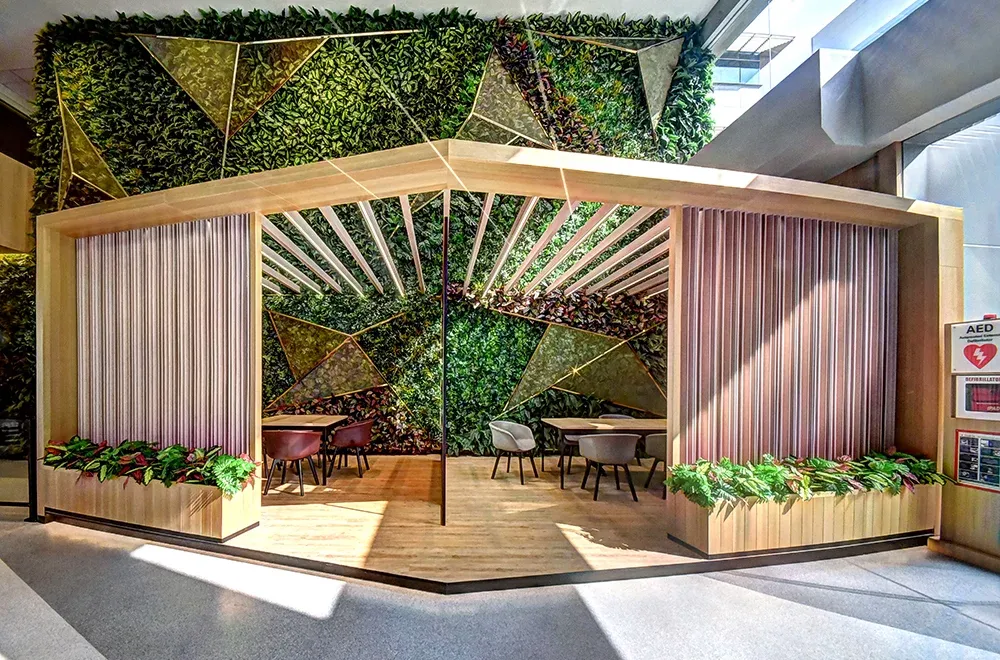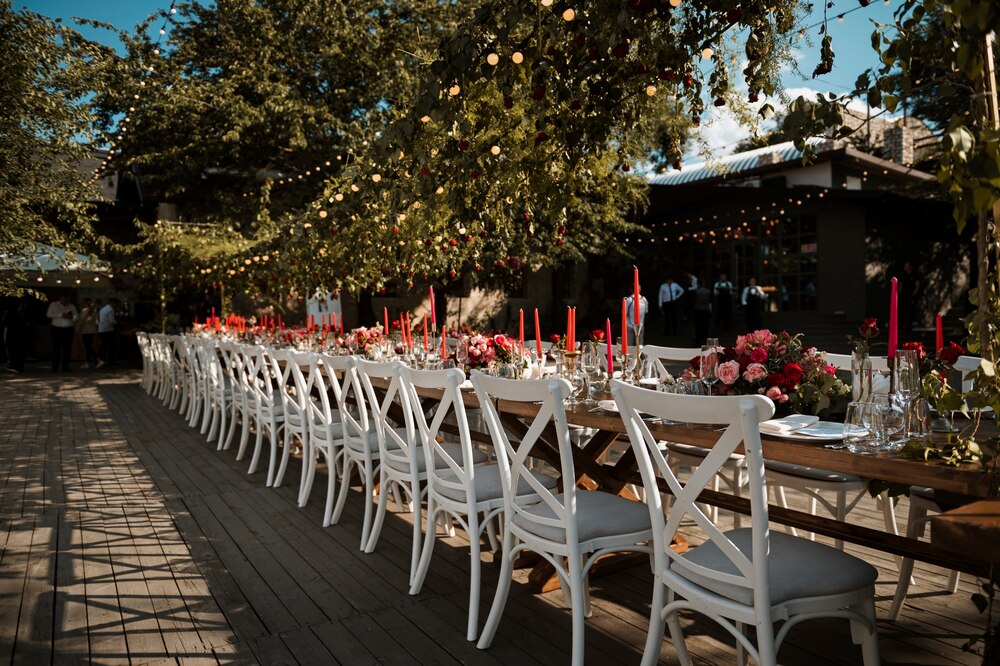Wellness is now at the heart of modern interior design, with people seeking spaces that nurture body and mind. Timber indoor cladding is increasingly recognised as a material that not only beautifies interiors but also contributes to healthier and more restorative environments. Its natural warmth, texture and durability make it a practical yet holistic choice for homes, workplaces and leisure spaces that prioritise well-being.
The Connection Between Nature and Wellness
Research has long shown that connecting with nature improves mood, reduces stress and supports overall health. Bringing timber into interiors is one way of applying these findings in daily life. The natural grains, earthy tones and tactile surfaces help to create a calm and balanced setting. In wellness-focused spaces, whether yoga studios, healthcare centres or even home living rooms, the presence of natural materials fosters a sense of tranquillity that artificial finishes often cannot match.
Indoor Air Quality and Comfort
A healthier interior begins with air quality. Unlike some synthetic finishes that can emit chemicals, timber is a low-emission option when treated responsibly. It helps regulate humidity levels, reducing the likelihood of air becoming too dry or too damp, which can affect comfort and respiratory wellness. Timber cladding also works as an insulator, keeping interiors naturally warmer in winter and cooler in summer, supporting both energy efficiency and human comfort.
Acoustic Benefits for Stress Reduction
Noise pollution is a growing concern in urban living. Constant background noise contributes to stress, fatigue and reduced focus. Timber cladding plays a role in addressing this by absorbing sound and reducing echoes. In spaces where relaxation or concentration is vital, such as meditation areas, offices or clinics, timber-lined walls provide acoustic comfort that supports a calmer atmosphere and healthier lifestyle.
Visual Warmth and Psychological Impact
The look of a space is as important as its function when considering wellness. Natural timber finishes bring softness and warmth, qualities that influence how people feel in an interior. Bright, reflective surfaces can sometimes feel sterile, while timber offers a grounding presence. This visual connection to the outdoors creates a restorative effect, encouraging relaxation and focus. For those seeking mindful environments, timber finishes are more than aesthetic; they become part of a therapeutic design.
Sustainability and Long-Term Health
Choosing sustainable materials is closely linked to wellness. Timber sourced from responsible forests contributes to environmental health, which ultimately affects human health too. A building designed with sustainable cladding not only reduces its environmental footprint but also reflects a conscious decision to support long-term well-being. People often feel reassured knowing their spaces are designed with eco-friendly materials, adding another layer of mental ease.
Flexible Design for Wellness-Oriented Spaces
Wellness spaces vary widely, from personal home gyms to community healthcare centres, yet timber cladding adapts to them all. Its versatility allows for both modern and traditional styles, blending seamlessly into interiors without feeling overbearing. Designers value timber’s adaptability when creating environments that balance aesthetics with functionality. Whether used as full wall panels or subtle accent features, timber introduces natural character that complements any wellness-focused vision.
Creating Mindful Spaces at Home
Wellness design is not limited to public or commercial areas. At home, timber cladding can transform everyday living into a more mindful experience. Bedrooms, living rooms and even bathrooms lined with timber promote a sense of retreat from the busyness of life. The tactile surfaces invite touch, the tones invite calm, and the overall environment promotes restfulness. For those spending more time indoors, this natural element becomes a daily support to health and well-being.
The Path Forward for Wellness Design
As people place greater emphasis on living environments that promote health, timber indoor cladding is becoming central to the conversation. It offers benefits that go beyond style — supporting cleaner air, reducing stress through acoustics, and providing psychological comfort. These qualities make it more than a design trend; it is a step towards creating spaces that actively contribute to wellness.
Closing Thoughts
Wellness is shaped by many elements, but design choices remain among the most influential. Timber indoor cladding bridges the gap between aesthetics and health, offering a natural solution for spaces where people want to feel safe, calm and energised. By incorporating timber into wellness-focused interiors, designers and homeowners alike can create environments that not only look beautiful but also actively support healthier living.




